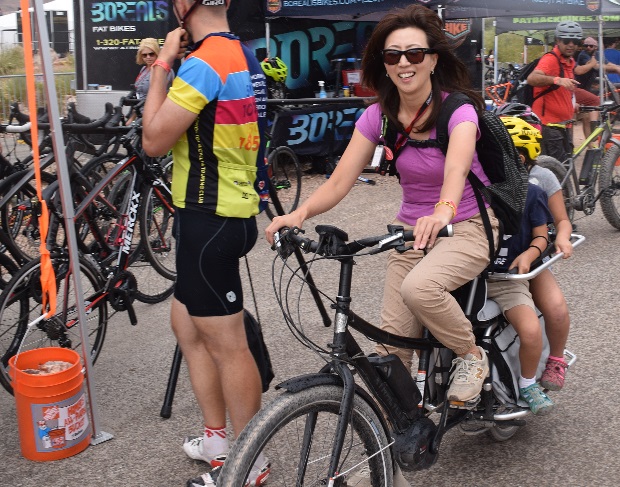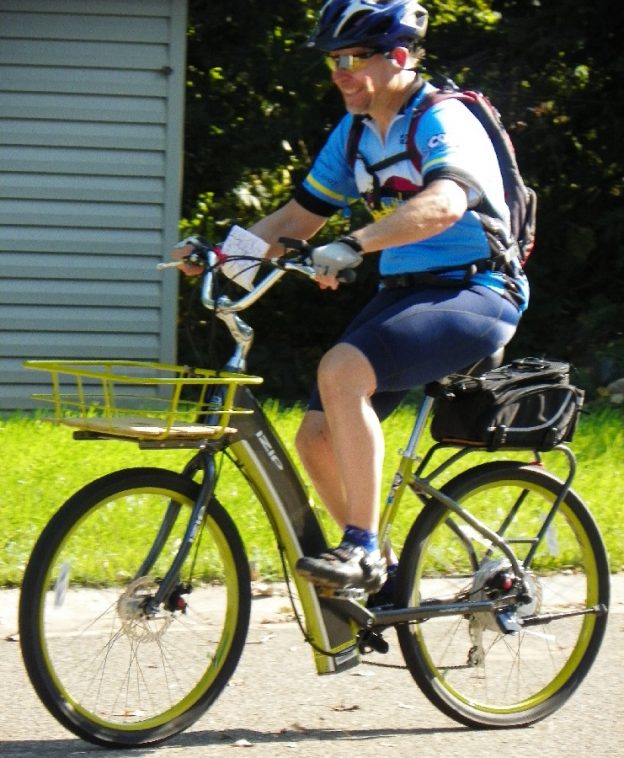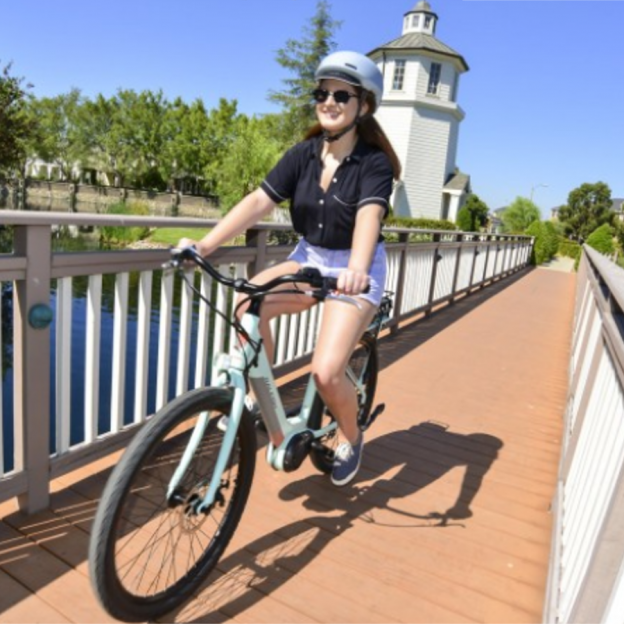Tag: e-bike laws
-

California E-bike law signed
Recently, California Governor Jerry Brown signed A.B. 1096, legislation that clarifies the regulation of electric bicycles (e-bikes). This new law in California, sets a multi-class structure that other states, municipalities and land management agencies can use to regulate effectively, creating a clear path for the spread of electric bicycles to make it possible for more…


